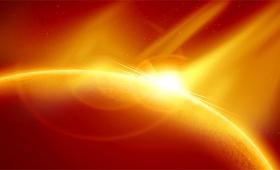First in a series of articles describing aspects of the National Ignition Facility’s record-breaking 1.3-megajoule experiment.
Science and Technology
in the News
Science and Technology
in the News
News Center
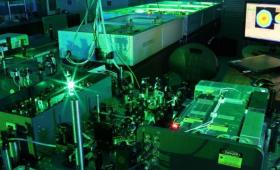
Livermore scientists and engineers have collected three awards among the top 100 industrial inventions worldwide.
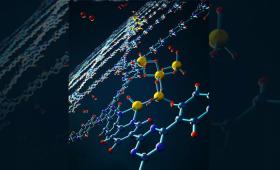
Researchers are exploring the use of metal hydrides to reversibly release and uptake hydrogen under mild conditions.
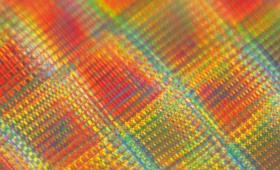
Livermore scientists have created nanostrut-connected tube-in-tubes that enable stronger low-density structural materials.
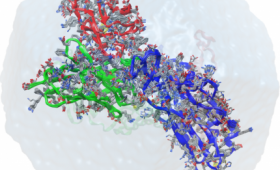
Livermore has joined the international Human Vaccines Project to accelerate vaccine development and understanding of immune response.
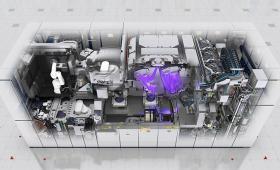
The microprocessors at the heart of an increasing number of the world’s newest mobile phones and personal computers were made possible in part by Livermore research.
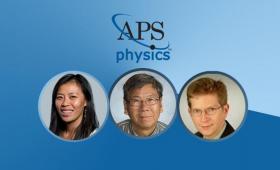
Three Lawrence Livermore physicists have been selected as 2021 fellows of the American Physical Society.
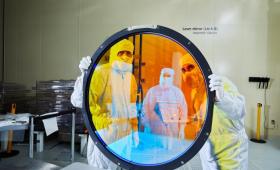
Livermore has shipped the last of six optical filters for the Vera C. Rubin Observatory telescope’s camera.
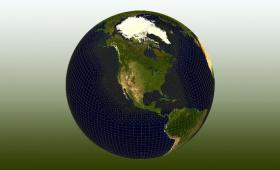
Version 2 of the Energy Exascale Earth System Model (E3SM2) is significantly faster than its predecessor and was released to the broader scientific community on September. 28.
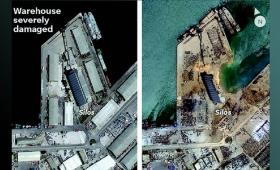
A Livermore physicist reconciles the yield estimates of the explosion that destroyed a significant part of Beirut's harbor.


